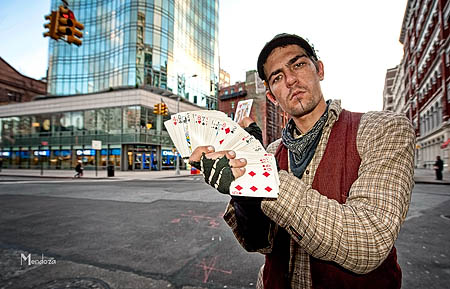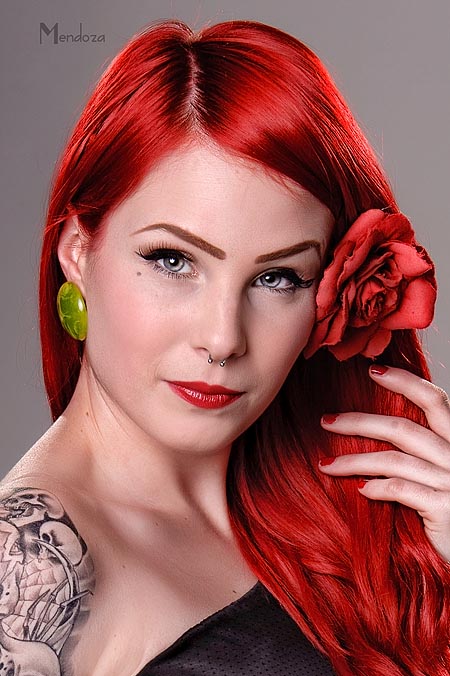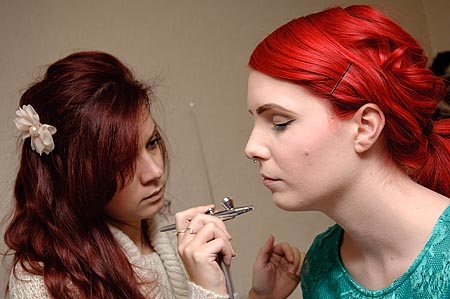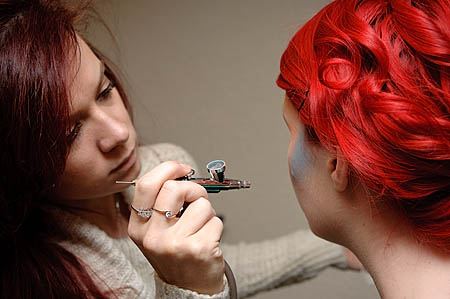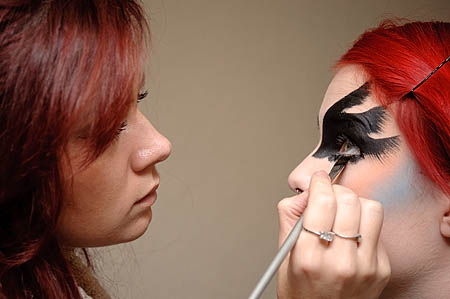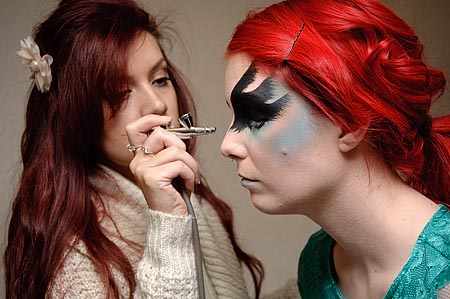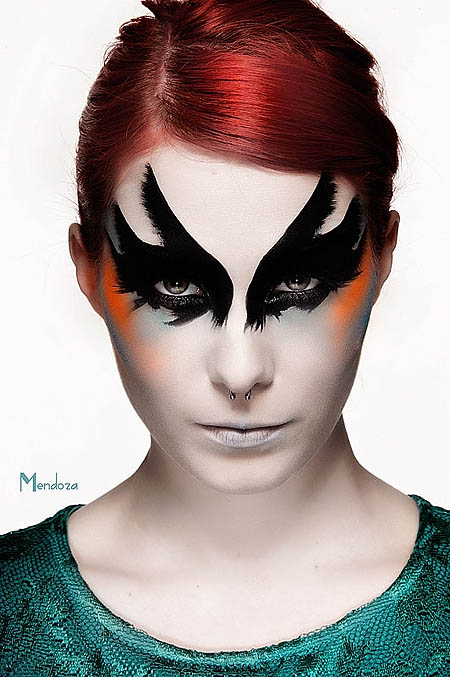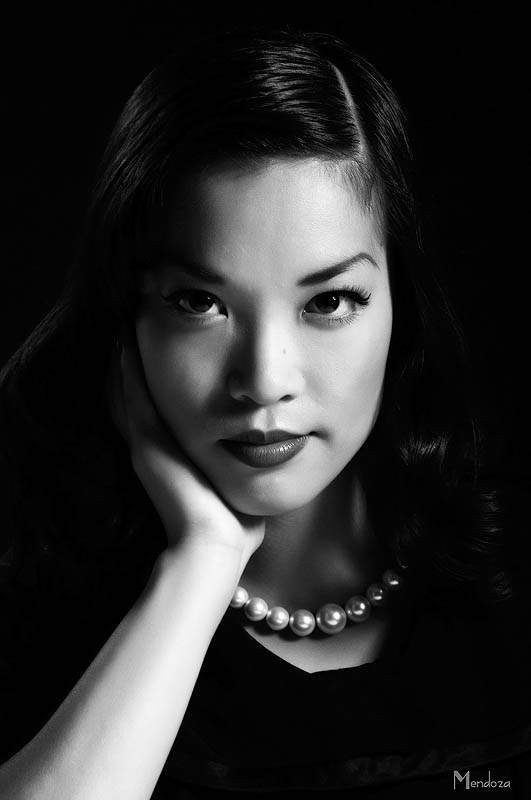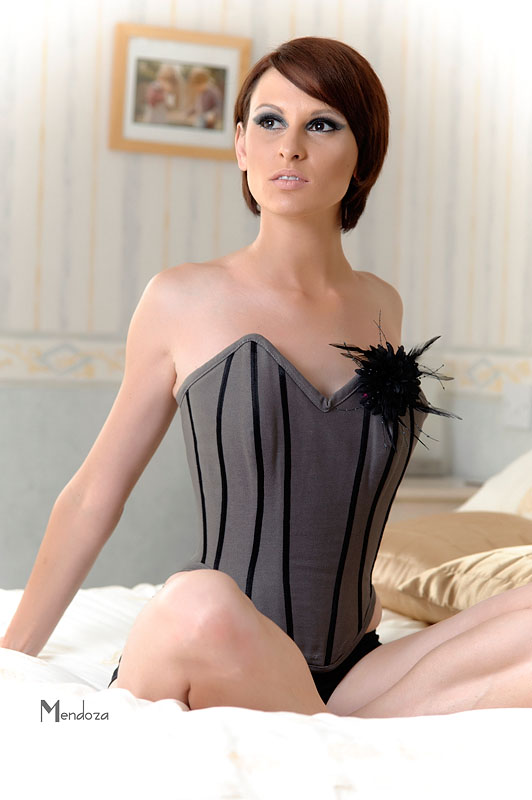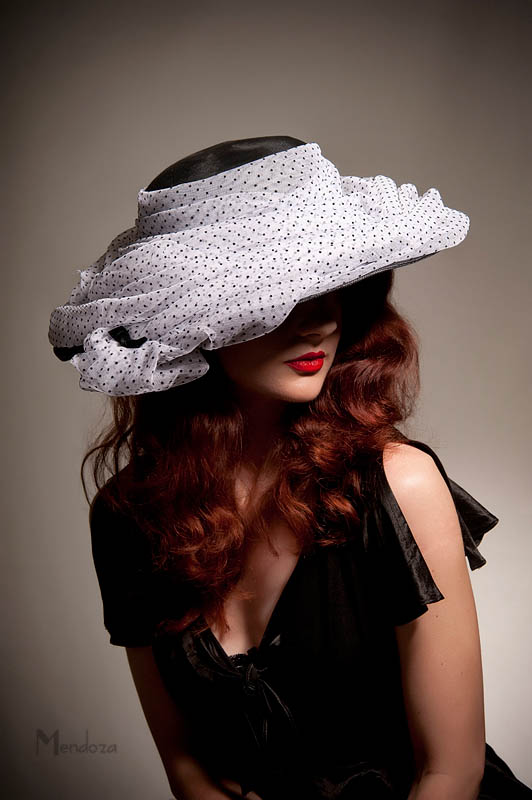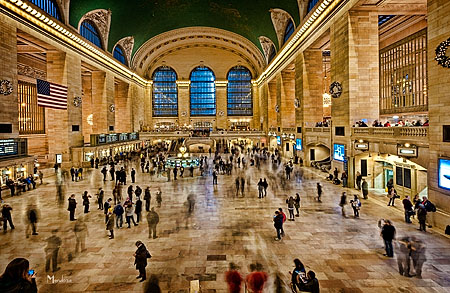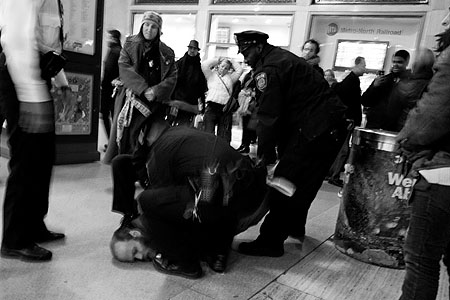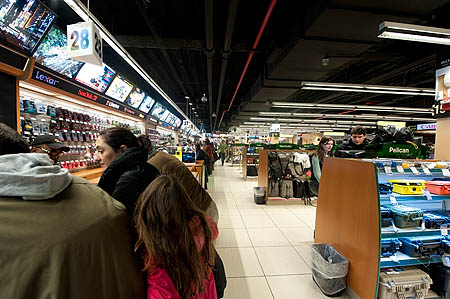During our recent NYC trip, after spending some hours walking the very chilly Manhattan streets, we decided on a coffee stop to warm up. On the way in we were approached by a guy who asked if we could help him out with a coffee. He looked far colder than we were so we invited him in to join us.
Over the coffee, Jack Crow entertained us with our very own personal close-up magic show – which was really impressive. He then let us onto the secrets of how he had done the tricks…which was even more impressive, but I won’t share those with you!
Jack also related a little of his chequered career, which included travelling with a circus and a trip to England, where he did not manage to see anything apart from the inside of the airport; the Border agencies held him, due to his lack of funds, before returning him the same day to the USA. Despite the slightly precarious lifestyle he seemed very positive…outlining his plans to enrol to study recording techniques (he is also a musician).
He survives by performing his magic in the Manhattan streets and subway, spending nights sleeping rough in shop doorways – if you imagine temperatures around 7 degree Fahrenheit coupled with 20 mile an hour winds, that is one tough way to survive.
Photography – the technical background to the images
I shot Jack in the cafe, then suggested we shoot outside, his normal performance arena, to which he readily agreed. This was my first opportunity to put my Nikkor 14-24mm wide angle lens through it paces. By now it was dusk, so I racked the ASA up to 800 on the Nikon D700 and added fill-in flash. Even so I was shooting on F4.5. The wide angle of the lens meant I needed to get within 3 feet of Jack to make him dominate the frame…I love the wide-angle distortions, which I feel adds impact. The first image was taken with me crouching at knee level.

